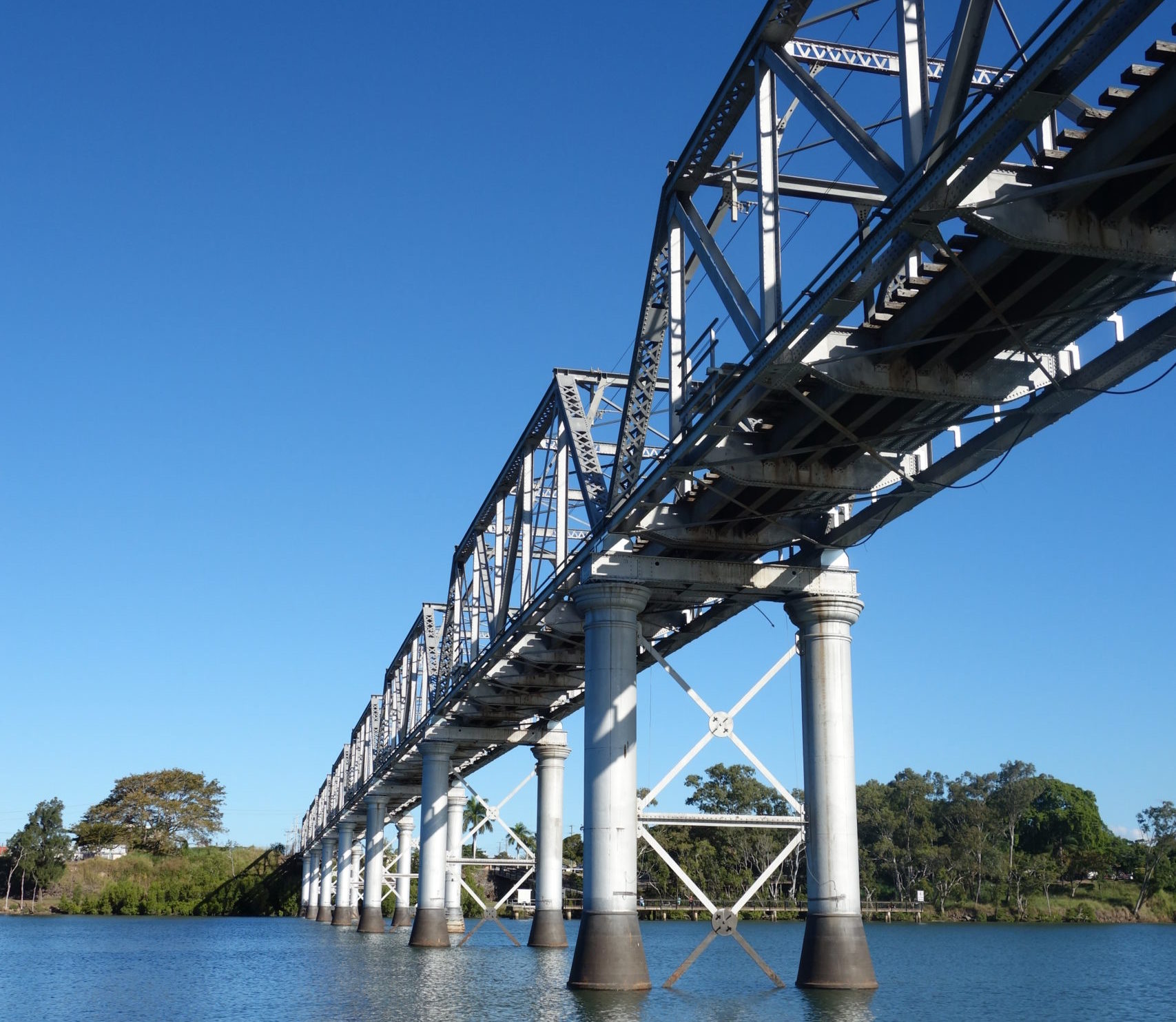
As engineers, we work in an industry where we strive to design solutions that last a lifetime and are all aware of the great work undertaken by those before. This understanding provides us with respect for the design ingenuity and thinking that went into the pioneering approach to connecting Australia’s regions.
A perfect example of this is the North Coast Railway line which opened up Queensland’s East Coast to high-speed travel. Covering 1,680km from Brisbane’s Roma Street to Cairns, the railway was and still is a vital connection for people and commerce. Linking Brisbane, Nambour, Gympie Maryborough, Bundaberg, Gladstone, Rockhampton, Mackay and Townsville to Cairns, the railway turned a journey that would have lasted weeks overland into a 52-hour trip on opening in 1924.
These days with high-speed trains, the journey is much faster, but by and large, the railway still uses the same route and infrastructure from when it opened. And at Madsen Giersing we are fortunate to be working on a stretch of railway that dates back almost 150 years as we bring a new lease of life to bridge structures through modern technology, modelling and design.
Engaged by Canstruct as part of a D&C contract with Queensland Rail, we are reinforcing 150+ years old, heritage-listed cast-iron piers that hold up bridges within the Wide-Bay region.
Lasse Madsen outlined our involvement “This is a fantastic project to be involved in, because of the challenges it presents, but also due to the fact that we get to work with engineering designs that were directly responsible for opening up Queensland and connecting people and goods throughout the state.”
“Because of their age and design, each pier is heritage listed, and although they are coming to the end of their life and could easily be replaced with simple concrete supports, our challenge is to create a solution that preserves and extends their lifespan without fundamentally changing the look of the structure.”
The piers are designed in sections, with bolted joints connecting them and concrete reinforcing the interior. Over time, however, they have had to cope with larger trains and higher loads than ever before and battle the Queensland climate, which is not the kindest to cast iron. Therefore, they require upgrades to extend their life.
“Our team spent a considerable amount of time analysing the structures and identifying weak points in the piers, such as bolted joints and creating solutions that would remove any weakness, strengthen the structure and meet the requirements of heritage listing.”
“Essentially, we came up with a second skin solution involving a reinforced concrete and FRP wrap around the cast iron concrete-filled piers, which doesn’t destroy the look of the piers and complies with the heritage guidelines. In simple terms, it is like wearing a compression bandage that supports and strengthens a limb without changing its appearance.”
Madsen Giersing were then engaged to investigate the cast-iron pier behaviour under load, specifically the bolted connections between pier segments. This verifies the previous work completed, improves the knowledge on these types of piers and assists Queensland Rail in managing their existing assets.
In partnership with Canstruct as the contractor we worked with the University of Queensland using sections from decommissioned bridges to undertake a testing programme that would provide a full structural analysis which could act as a baseline for bridges of a similar age.
“Working with UQ enabled us to utilise their facilities to undertake comprehensive testing in a controlled environment, using the latest technologies and techniques.”
“Through our testing and analysis, we can provide feedback on bridge performance and help a major asset owner to keep vital transport connections operational,” said Lasse.


